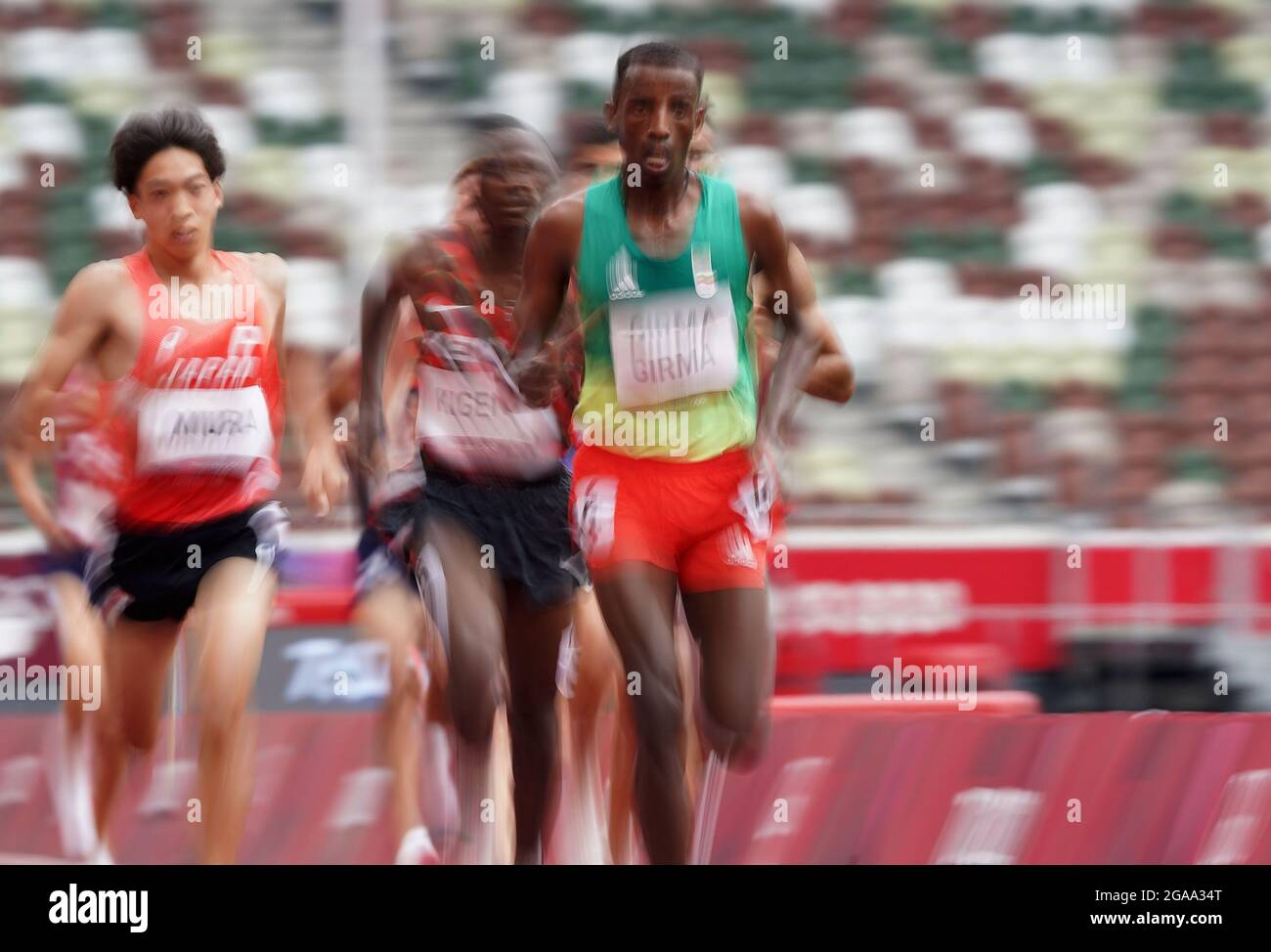Girma Steeplechase History and Evolution: Girma Steeplechase Fall

The Girma Steeplechase, a unique and thrilling equestrian event held annually in Ethiopia, boasts a rich history deeply intertwined with the nation’s cultural heritage. This race, known for its challenging course and the captivating spectacle it offers, has undergone significant evolution over the years, reflecting changes in both equestrian traditions and the broader social landscape.
Origins and Significance in Ethiopian Equestrian Culture, Girma steeplechase fall
The Girma Steeplechase finds its roots in the long-standing tradition of equestrianism in Ethiopia. Horses have played a vital role in Ethiopian culture for centuries, serving as a symbol of status, strength, and mobility. The Girma Steeplechase, like many other equestrian events in the country, evolved from the practical need for skilled horsemen and the inherent love for horse racing.
The race is named after Girma, a legendary Ethiopian warrior known for his equestrian prowess. Girma’s exploits on horseback, including his daring feats in battle and his skill in navigating challenging terrain, became the stuff of legend. The Girma Steeplechase, in essence, celebrates the spirit of this legendary warrior, showcasing the skills and courage of contemporary Ethiopian horsemen.
Evolution of Rules and Regulations
The Girma Steeplechase, like any other sporting event, has witnessed a gradual evolution in its rules and regulations. The early races were informal affairs, with few set rules and minimal infrastructure. Over time, however, the race became more structured, with the introduction of standardized regulations, a dedicated course, and a formal judging system.
The evolution of the rules and regulations can be traced through several key milestones:
- Early Races (Pre-1950s): The early races were primarily informal, with participants competing for bragging rights and the recognition of their skills. The course was often a natural obstacle course, with riders navigating through challenging terrain, crossing rivers, and leaping over fences.
- Formalization of the Race (1950s-1970s): The Girma Steeplechase gained more structure during this period, with the establishment of a dedicated course and the introduction of formal rules and regulations. The course became standardized, incorporating specific obstacles and a fixed distance.
- Modern Era (1980s-Present): The Girma Steeplechase continued to evolve in the modern era, with the introduction of safety measures, improved infrastructure, and a more professional approach to judging and officiating. The race has also gained international recognition, attracting riders and spectators from beyond Ethiopia’s borders.
Comparison to Other Steeplechase Events
The Girma Steeplechase shares similarities with other prominent steeplechase events worldwide, such as the Grand National in England and the Cheltenham Festival in Ireland. These events are all characterized by challenging courses, with obstacles such as fences, water jumps, and ditches.
However, the Girma Steeplechase also has unique characteristics that distinguish it from other steeplechase events.
- Course Design: The Girma Steeplechase course is often more rugged and challenging than those found in other steeplechase events. The course typically incorporates natural obstacles, such as hills, valleys, and streams, which adds to the difficulty and excitement of the race.
- Horse Breeds: The Girma Steeplechase features a unique blend of horse breeds, including the Ethiopian Abyssinian horse, known for its stamina and agility. This adds to the diversity and spectacle of the race, as different breeds compete for victory.
- Cultural Significance: The Girma Steeplechase is deeply rooted in Ethiopian culture and tradition. The race is a celebration of the country’s equestrian heritage, and it plays an important role in preserving and promoting traditional equestrian skills.
Girma steeplechase fall – Girma’s steeplechase fall was brutal, man. Like, totally messed up his whole race. Imagine you’re going full speed, then BAM! You’re sprawled on the ground. I bet he’s chilling on a brown leather captains chair right now, trying to forget the whole thing.
Poor guy, but hey, at least he’s got a comfy chair to relax in.
Girma’s steeplechase fall was a real bummer, man! Imagine the adrenaline rush of the race, then BAM! You’re on the ground. It reminds me of Lamecha Girma’s fall at the World Athletics Championships, lamecha girma fall , which totally changed the course of the race.
Girma’s fall, though, was a reminder that even the best athletes can have a bad day, and it’s important to remember that sometimes the race isn’t just about winning, but about getting back up and fighting for it.